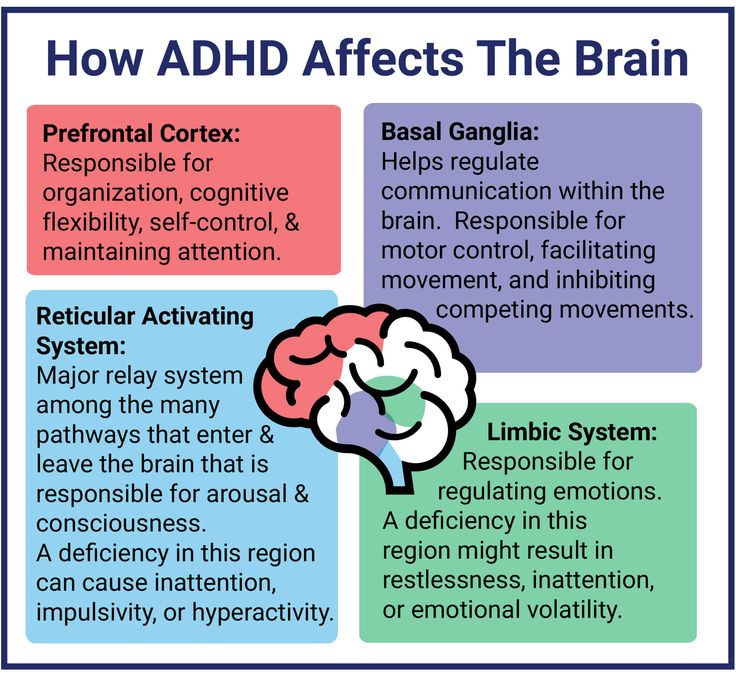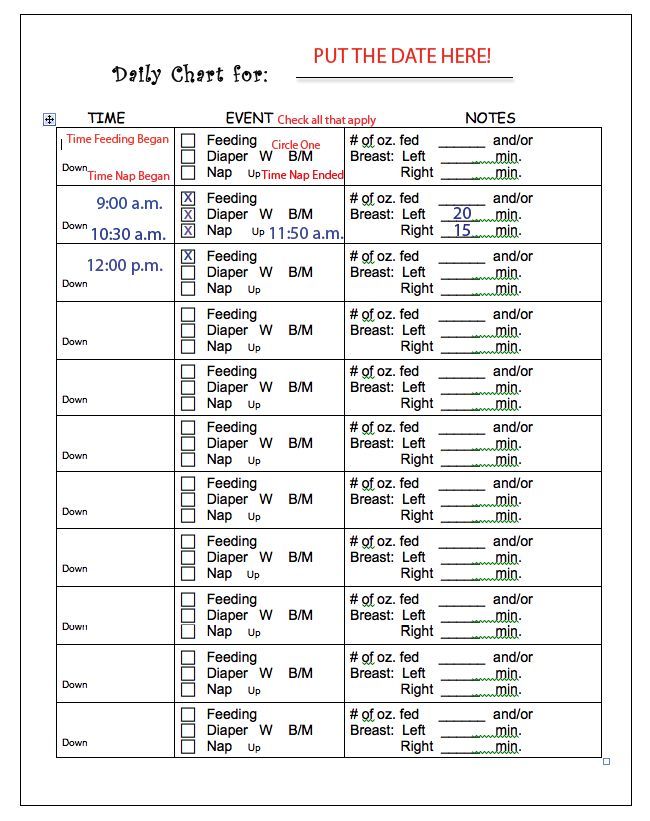How much to charge for child care
How much to charge for child care
Are you considering starting a career in child care but you’re not sure what you should charge? Or maybe you’ve been a child care provider for awhile and feel like you should be making more? Asking for or accepting a lower rate may land you the new job, but (of course) you also want to make a fair wage that you can live on. So when determining your pay, it’s important to know what your child care services are worth.
Pay rates for child care providers can vary significantly due to a number of factors: job type and expectations, your experience, number of children, your location and more. But there are definitely some pay ranges that are standard for each type of child care job. We did some research (so you don’t have to), and here’s what other caregivers are getting paid.
Pay rate by job type
BabysittersSetting babysitting rates can be a challenge since you don’t always get to communicate with other sitters to compare notes. The good news is there’s some good, hard data on this.
According to the Care.com 2022 Cost of Care Survey, which used payment data from over 3,000 parents across the country, parents paid after-school babysitters — working about three hours a day, or a total of 15 hours per week — an average of $17.40 per hour (or $261 per week).
This rate can fluctuate depending on your skill level, education and experience, as well as the number of children who need care. The most notable factor, though, is the city and state you live in. For example, in Seattle, Washington, the going rate for sitter averages $20.00 per hour, but in San Antonio, Texas, it averages $14.00 per hour, according to the Care.com babysitting rates calculator.
Aside from the location, what’s going to make you a little more dough? Education and training. Having an early childhood education degree or credits or training courses and certifications, including infant care certification, water safety certification and special needs care, can help boost your career — and hopefully your pay rate, too!
It’s important to note that you should be paid fairly. At the very least, you should make above the federal minimum wage ($7.25 per hour, as of August 2022) and above your state, city or county’s minimum wage, which may be even higher.
At the very least, you should make above the federal minimum wage ($7.25 per hour, as of August 2022) and above your state, city or county’s minimum wage, which may be even higher.
To find the going babysitter rate near you, enter your ZIP code into our babysitting rates calculator.
NanniesNannies provide personalized care, usually full time and in the family’s home. That may be why they’re among the highest paid child care providers.
Nannies caring for one infant and working 40 hours per week made an average of $17.35 per hour (or $694 per week), according to the Care.com 2022 Cost of Care Survey. This means that full-time nannies can potentially make an average of about $36,088 per year, depending on the paid time off situation.
In general, a nanny caring for more than one child can expect to earn a little more than a nanny who’s in charge of just one kid. Experience and job expectations can play a factor in rates, too, as well as location. Currently, in Los Angeles, a full-time nanny earns an average of $21. 00 per hour, and in Orlando, Florida, they average $15.50 per hour, according to current nanny pay rates for top cities via Care.com.
00 per hour, and in Orlando, Florida, they average $15.50 per hour, according to current nanny pay rates for top cities via Care.com.
To find the going rate near you, enter your ZIP code, experience level, number of children and hours per week into our rates calculator.
Child care workers and administratorsInterested in a day care job? According to the U.S. Bureau of Labor Statistics, in 2021, child care workers earned an average annual income of $27,680 — which boiled down to an average rate of $13.31 an hour. For child care administrators at preschools and day care centers, however, the average was at lot higher at an annual income of $53,800, or $25.87 per hour.
Nursery or preschool teachersNursery or preschool teachers’ salaries can depend significantly on their location, type of degree and the school’s set rates.
That said, the Bureau of Labor Statistics notes that preschool teachers (with the exception of special education teachers) earned an average annual income of about $36,460 in 2021 — at an average rate of $17. 53 per hour. Nursery and preschool teachers can often boost their annual salaries by moving over to a private preschool, which usually has the means to offer better pay, or getting trained and certified to work with children with special needs. Special education teachers at the preschool level made $71,970 in 2021, or about $34.60 per hour for full-time, year-round positions.
53 per hour. Nursery and preschool teachers can often boost their annual salaries by moving over to a private preschool, which usually has the means to offer better pay, or getting trained and certified to work with children with special needs. Special education teachers at the preschool level made $71,970 in 2021, or about $34.60 per hour for full-time, year-round positions.
Average child care pay rates by job type*
| Child care job type | Hourly | Weekly | Annually |
| Part-time babysitters (based on 15 hours per week) | $17.40 | $261 | $13,572 |
| Full-time child care workers | $13.31 | $532 | $27,680 |
| Full-time nannies | $17.35 | $694 | $36,088 |
| Full-time nursery or preschool teachers | $17.53 | $701 | $36,460 |
| Full-time child care administrators | $25.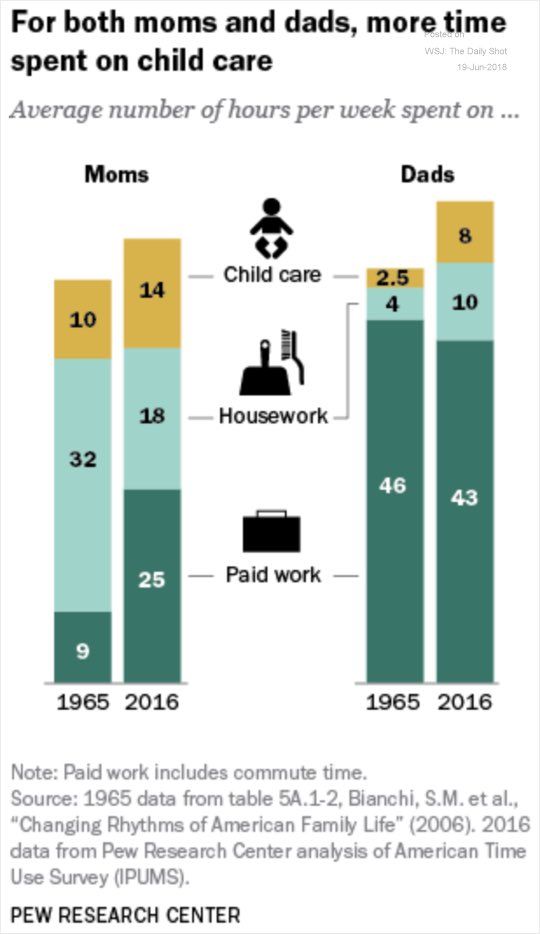 87 87 | $1,035 | $53,800 |
| Full-time special education preschool teachers | $34.60 | $1,384 | $71,970 |
Reminder: The above rates are just averages, generalizations and general guidelines. You’re not going to make exactly what another child care provider does — and for a variety of different reasons. Just going from the suburbs to the city could mean a sitter makes up to double or even triple the pay. And of course, nannies and day care teachers with 10 years of experience are going to earn more than a newbie does.
Keep all the factors of your employment, your experience and your job expectations in mind when setting your rates. Here are some of the most important ones to consider.
Geographical locationAs mentioned above, different cities have different costs of living (e.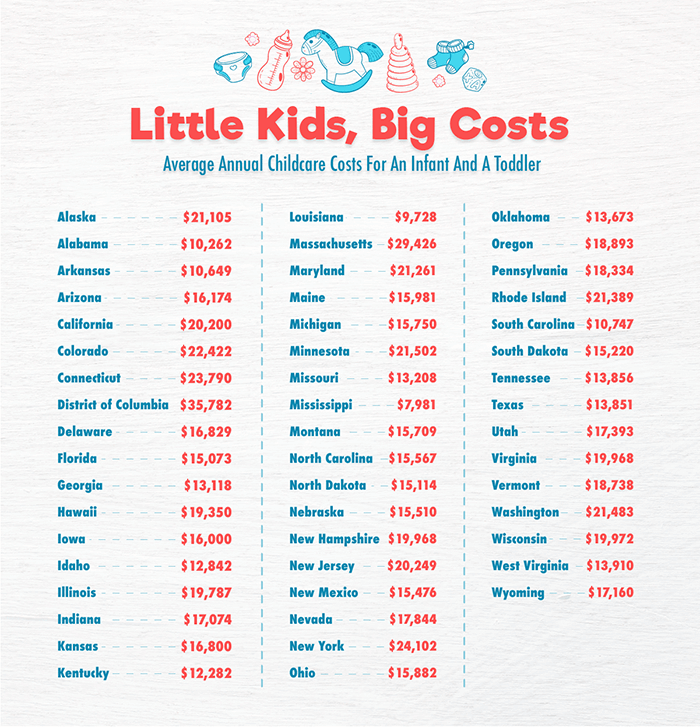 g., cost of food, housing, etc.). This means child care professionals may have to charge different pay rates so that they can cover their basic expenses — and, ideally, still make a profit afterward. For example, a babysitter living and working in a rural area will probably charge less than a babysitter who lives and works in a huge city.
g., cost of food, housing, etc.). This means child care professionals may have to charge different pay rates so that they can cover their basic expenses — and, ideally, still make a profit afterward. For example, a babysitter living and working in a rural area will probably charge less than a babysitter who lives and works in a huge city.
If you’d like to find out what other child care providers are charging in your neck of the woods, check out our handy rates calculator.
Job requirementsAnother factor that should influence your rates is the type of care a family expects you to provide. This includes the number of children they want you to care for, the number of hours they expect you to work and the time of day that they want you to be “on duty.”
If a family expects you to perform additional services outside of the traditional realm of “child care duties” — such as housekeeping, pet care, tutoring or providing overnight care — that can also justify a higher rate.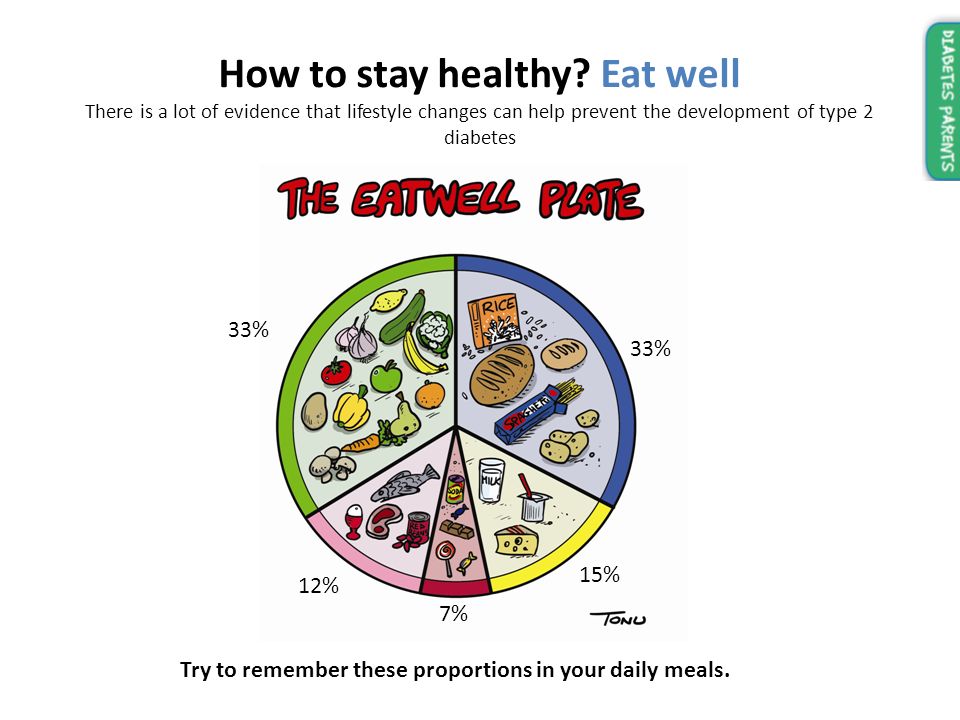
So if you want to make more money, consider offering additional services that you’d be willing to perform. This strategy will enhance your “value-add” for prospective families and could even increase your likelihood of landing a job.
Level of skill and experienceMany families prefer to hire child care providers who have previous child care experience. Some look for certification in child development or a degree in early childhood education. Other families want a caregiver who speaks a second language or who has specialized experience — whether it’s caring for multiple children, children with ADHD or newborns.
Moral of the story: When setting your rates, take into account your previous work experience, your skills and any certifications and training you’ve received, as well as your education level. And don’t forget to list all of them in your online job profile and resume, so families can see what makes you worth your rates.
BenefitsFull-time household employees (e.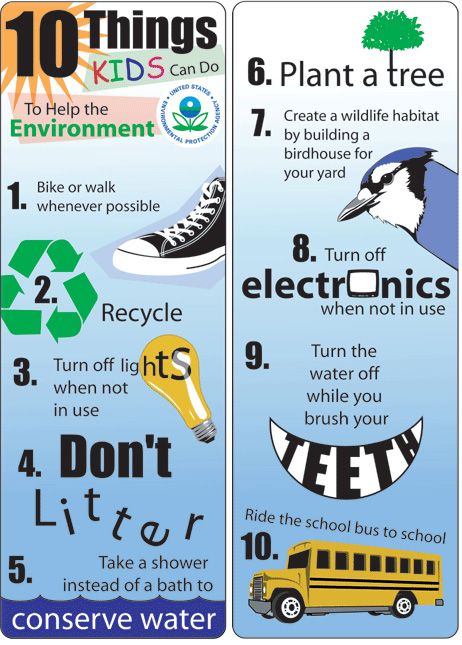 g., nannies) should ask hiring families if they’d consider providing them with benefits like health insurance, paid time off and more. These benefits are often built into their salary and may be broken down into monthly or weekly rates.
g., nannies) should ask hiring families if they’d consider providing them with benefits like health insurance, paid time off and more. These benefits are often built into their salary and may be broken down into monthly or weekly rates.
By this point, you’ve familiarized yourself with the national averages for different types of child care jobs, you’ve scoped out your competition’s rates and you’ve figured out how much your skills and experience are worth. But you have a little more work to do in order to set your rate.
Ask yourself these final questions to make sure you’ve accounted for everything:
- How far do you have to commute for the job?
- How many children are you being asked to care for?
- Are you caring for kids overnight?
- Are you being offered benefits such as health and dental insurance, 401(k) and paid time off?
- Have you accounted for your added value services (e.
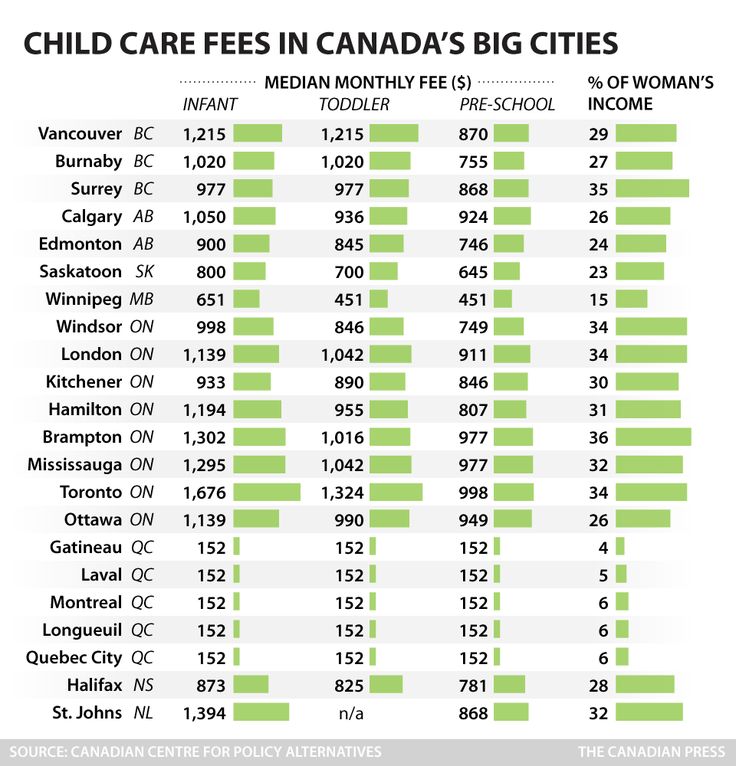 g., more education or certifications, increased experience, etc.)?
g., more education or certifications, increased experience, etc.)? - Do you know how much tax you’ll have to pay and whether or not it will be withheld from your paycheck?
- Does this job fit your budget needs and will you bring home enough money every month to cover all your expenses?
Starting with what you need to make — and then breaking down what your services are worth — will help you find your pay “sweet spot.” That rate should be enough to cover your monthly expenses, pay your taxes and still have some fun with friends and family.
This is how much child care costs in 2022
More than half — 59% — of parents say they’re more concerned about child care costs now than in years prior. That’s just one finding of many in the Care.com 2022 Cost of Care Survey that illustrate the uphill battle parents are facing when it comes to affording and accessing quality child care.
The world has changed immeasurably over the last two years due to the pandemic and economic struggles, and families have certainly felt the shift when it comes to the cost of child care.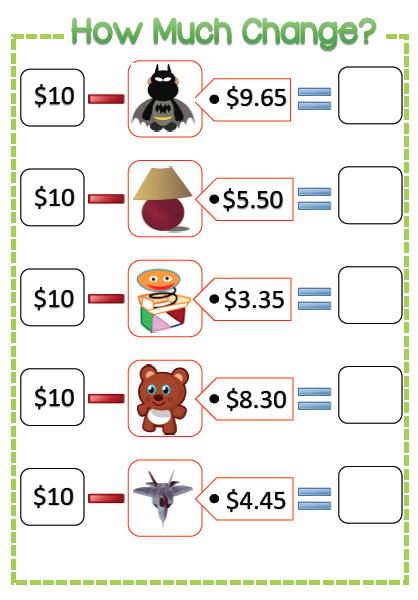 Making matters worse: Nearly 9,000 day cares closed in 37 states between December 2019 to March 2021, according to findings from a new 2022 survey by ChildCare Aware.
Making matters worse: Nearly 9,000 day cares closed in 37 states between December 2019 to March 2021, according to findings from a new 2022 survey by ChildCare Aware.
“When it comes to child care, there are three critical criteria – cost, quality and availability – and based on our research findings, we’ve not only failed to make progress as a country, we’ve actually gone backwards,” said Natalie Mayslich, President, Consumer, Care.com. “Costs are growing while availability is shrinking and that’s having a profound impact on the workforce and consumer spending. We’ve all seen what happens when parents can’t work; making child care more affordable and accessible has to be a priority for all.”
New data from the ninth annual Care.com 2022 Cost of Care Survey reveals:
- The cost of child care is higher for families in 2022. 51% of parents say they spend more than 20% of their household income on child care, and 72% of parents report spending 10% or more.
 This is up from 70%, according to Care.com data from pre-pandemic 2019, the most recent year that mirrors parents’ options today.
This is up from 70%, according to Care.com data from pre-pandemic 2019, the most recent year that mirrors parents’ options today. - Quality child care continues to be tough for parents to find. In fact, 43% of parents say it’s much harder to find child care over the past year.
- Parents continue to struggle to pay for child care. In fact, 59% are more concerned about child care costs now than in years prior, which is driving significant changes, such as taking on a second job (31%), reducing hours at work (26%), changing jobs (25%), and leaving the workforce entirely (21%), to foot the bill.
How much does child care cost?
The cost of child care is on the rise
Based on the 2022 Cost of Care Survey, child care is not in the affordable range for most families. Of parents surveyed, 72% say they are spending 10% or more of their household income on child care, with a majority (51%) spending more than 20% or more. Yet according to the U.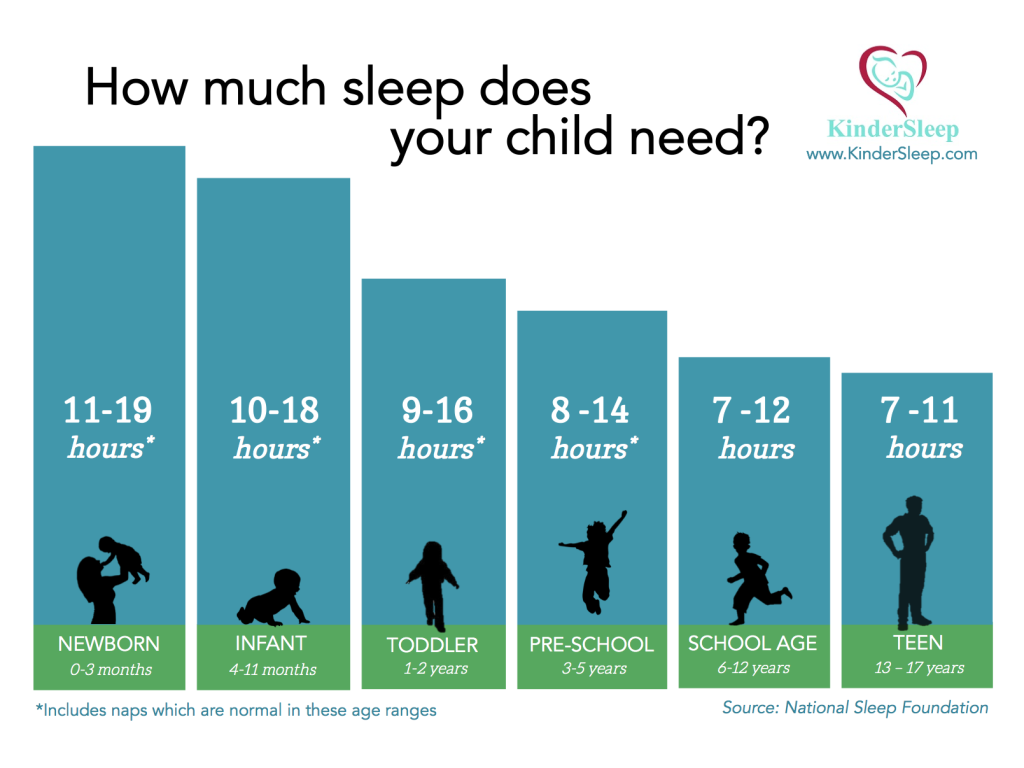 S. Department of Health and Human Services (HHS), child care is considered affordable when it costs families no more than 7% of their household income.
S. Department of Health and Human Services (HHS), child care is considered affordable when it costs families no more than 7% of their household income.
According to survey data, 63% report that child care is more expensive over the past year. The reasons parents say prices are skyrocketing include:
- Child care centers increased costs (46%).
- Inflation (41%).
- Child care centers taking fewer children (36%).
Interactive: Check out our Cost Calculator to figure out how much child care costs in your area.
The cost of child care can exceed that of a college education
The survey also finds that more than half of families (58%) plan to spend more than $10,000 on child care this year, which is more than the average annual cost of in-state college tuition ($9,349) per EducationData.org.
Every type of child care is pricier than it was pre-pandemic
Overall, the average child care cost for one child in 2021 was $694/week for a nanny (up from $565/week in 2019), $226/week for a child care or day care center (up from $182/week) and $221/week for a family care center (up from $177/week).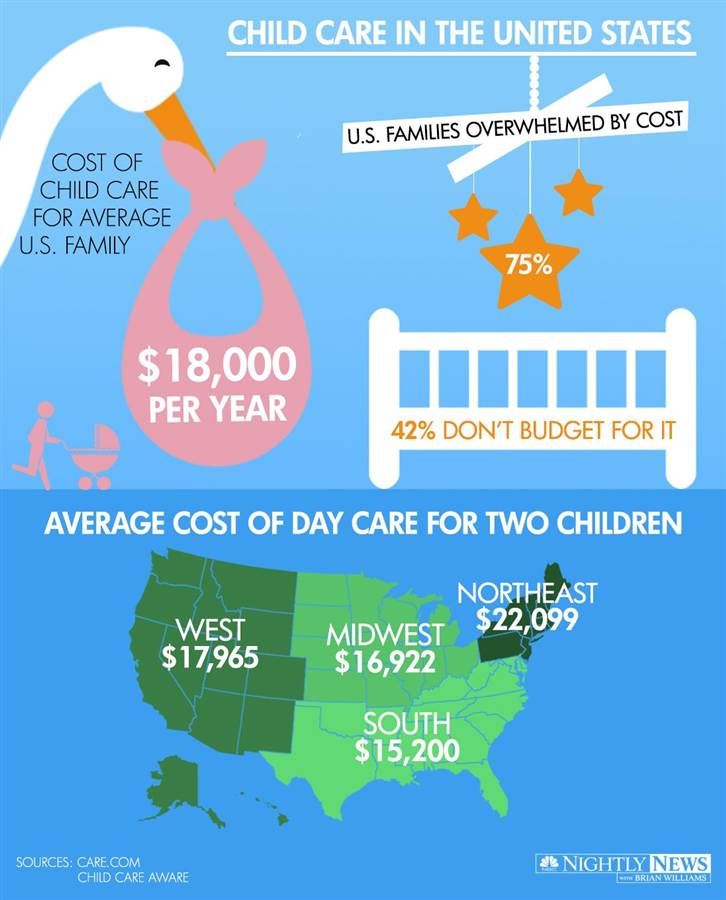
Below are the 2021 national averages of weekly child care costs for each type of care, compared to costs in 2019.
National average weekly child care rates
| 2021 | 2019 | 2021 | 2019 | |
| One child | One child | Two children | Two children | |
| Nanny* | $694 | $565 | $715 | $585 |
| Child care center (toddler) | $226 | $215 | $429** | $409** |
| Family care center* | $221 | $201 | $420** | $382** |
| After-school sitter | $261 | $243 | $269 | $246 |
*Rates for infant children.
**Rates for two children calculated by adding the weekly rate for one child and the weekly rate for the second child with a national average sibling discount of 10%.

What’s the impact of rising child care costs on parents?
More than half — 59% — of parents say they’re more concerned about child care costs now than in years prior. The good news is that the majority (68%) budget for child care costs and nearly two-thirds (65%) say they will stay within or under budget.
Parents are cutting back on essentials
In turn, parents are making sacrifices to afford care and cutting back on budgets for:
- Vacations and travel (51%).
- Leisure activities (51%).
- Food, dining (45%).
- Clothing (41%).
- Extracurriculars (37%).
They’re also overhauling their work — and personal — lives
Many also plan to make the following work changes to adhere to rising care costs:
- 31% are considering taking on a second job.
- 26% are reducing hours at work.
- 25% are changing jobs.
- 21% leaving the workforce entirely.
Survey respondents are also adjusting their family plans to stay on track financially.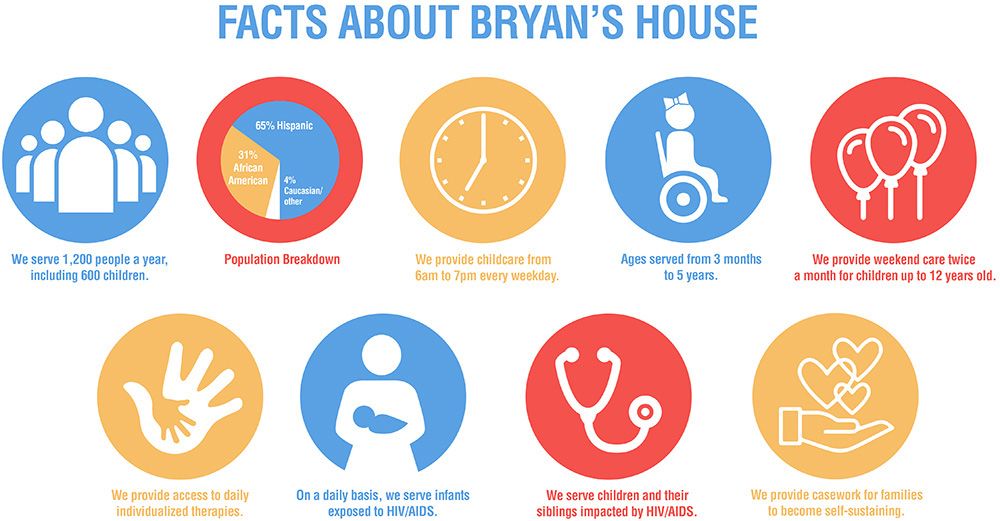 35% say they’re less likely to have more children with 43% listing the rising cost of child care as a major reason why.
35% say they’re less likely to have more children with 43% listing the rising cost of child care as a major reason why.
How accessible is quality child care?
Parents say it’s harder to find child care providers than it was last year
Almost half of parents surveyed — 43% — say it’s much harder to find child care providers over the past year. According to our survey:
- 40% are having trouble finding a nanny.
- 39% are struggling to get care through a family care center.
- 37% find it challenging to book a babysitter.
- 36% are facing an uphill battle with finding a quality day care.
Child care providers are pricier to come by in some areas
Depending on where families live, the cost of hiring a nanny or paying for a day care can well exceed the national average. For example, in the District of Columbia, the cost of a nanny ($855 a week) is 23% above the national average, and the cost of day care ($419 a week) is 85% above the national average.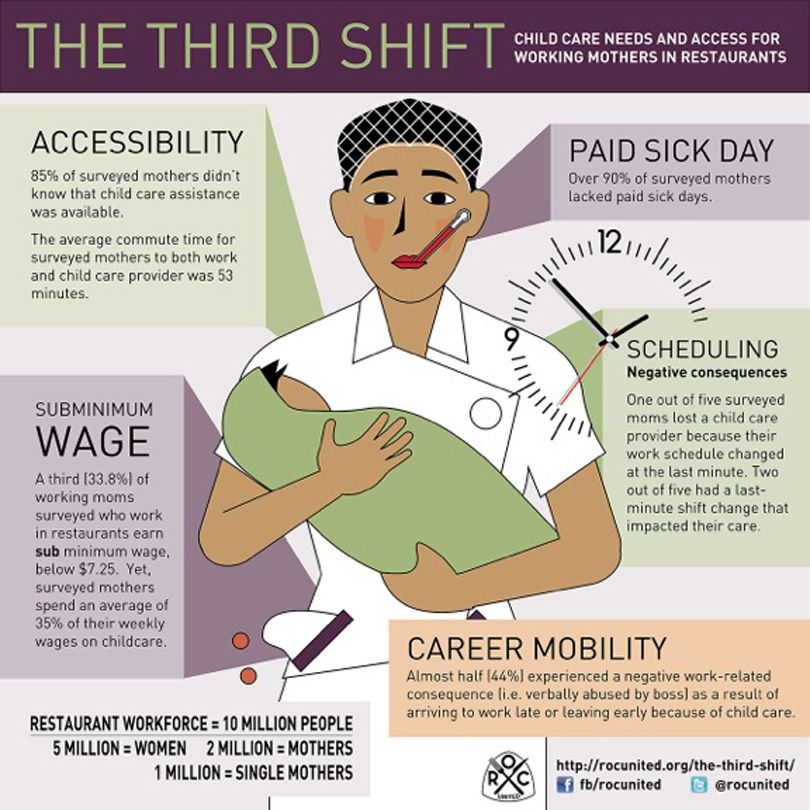
These are the priciest places to live if you’re hiring a nanny or sending kids to day care:
| State | Weekly Rate | $ Above National Avg | % Above National Avg |
| 1. District of Columbia | $855 | $161 | 23% |
| 2. Washington | $840 | $146 | 21% |
| 3. Massachusetts | $834 | $140 | 20% |
| 4. California | $829 | $135 | 19% |
| 5. Colorado | $763 | $69 | 10% |
| 6. Oregon | $741 | $47 | 7% |
| 7. New York | $736 | $42 | 6% |
| 8. Connecticut | $734 | $40 | 6% |
| 9. New Jersey | $715 | $21 | 3% |
| 10. Vermont | $706 | $12 | 2% |
| State | Weekly Rate | $ Above National Avg | % Above National Avg |
1. District of Columbia District of Columbia | $419 | $193 | 85% |
| 2. Massachusetts | $324 | $98 | 44% |
| 3. Washington | $304 | $78 | 34% |
| 4. California | $286 | $60 | 26% |
| 5. Connecticut | $258 | $33 | 14% |
| 6. New York | $258 | $32 | 14% |
| 7. Arkansas | $255 | $29 | 13% |
| 8. Maryland | $254 | $28 | 12% |
| 9. Colorado | $254 | $28 | 12% |
| 10. Oregon | $249 | $23 | 10% |
How can you save money on child care?
As the cost of child care continues to rise, consider these steps to make the expense more affordable.
Find the best care for your budget
Once you’re clear on what you can afford, you can steer toward the child care option that’s the best fit for your family.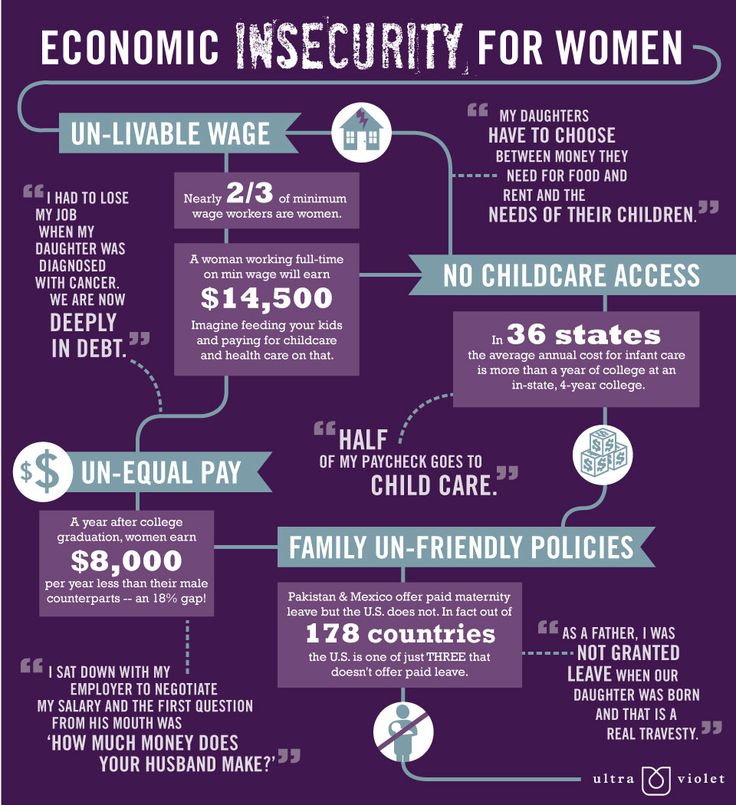 The first step: Research current rates in your area. Care.com has free interactive tools you can use to identify the average costs of full-time child care, nanny and babysitter rates and nanny taxes in your region.
The first step: Research current rates in your area. Care.com has free interactive tools you can use to identify the average costs of full-time child care, nanny and babysitter rates and nanny taxes in your region.
Discuss care benefits with your employer
Whether you’re hoping to find backup child or adult care or utilize paid family leave, it can pay to investigate whether or not your employer offers family care benefits. And if they don’t, ask for them.
It’s quite possible that they’ll be open to the idea now more than ever. Due to the pandemic, 57% of employers are prioritizing child care benefits more this year, and 63% said they plan to increase their company’s already existing child care benefits, according to Care.com’s 2021 Future of Benefits Report.
Set aside pre-tax dollars to pay for care
Talk to your workplace Human Resources department to see if a Dependent Care Account (a type of flexible spending account, or FSA) is available to you and how you can get started. With this account, you can put aside up to $5,000 in pre-tax dollars in your Dependent Care Account to pay for dependent care expenses. (Generally, only one spouse can enroll.)
With this account, you can put aside up to $5,000 in pre-tax dollars in your Dependent Care Account to pay for dependent care expenses. (Generally, only one spouse can enroll.)
The savings you will ultimately see varies depending on what your marginal tax rate is. A good approximation is around $2,000 in tax savings, assuming the family uses the full $5,000.
Make the most of tax breaks and credits
By paying your caregiver on the books, you can take advantage of tax breaks and credits. For example, by itemizing care-related expenses on your federal income return, you could receive a Child and Dependent Care Tax Credit on up to $600 of care-related expenses if you have one child, or $1,200 of care-related expenses if you have two or more children.
This year’s Cost of Care survey concluded that just over 1/3 of parents (34%) did not claim the expanded child care tax credit on their 2021 taxes, and 43% say that’s because they were unaware of it.
In addition, parents can save $2,000 per child using the Child Tax Credit.
Research child care subsidies and programs
Depending on your income, employee benefits and other factors, your family might qualify for a variety of cost-cutting child care subsidies. We’ve rounded up various programs, resources and other options that could reduce how much you’re paying for quality care.
__________________________
2022 Cost of Care Survey methodology
This scientific sample of 3,003 US adults (18 years or older) who are all parents paying for professional child care was surveyed between March 24, 2022, and March 30, 2022. All respondents are parents of children 14 years or younger and currently pay for professional child care, confirmed by both consumer-matched data and self-confirmation. DKC Analytics conducted and analyzed this survey with a sample procured using the Pollfish survey delivery platform, which delivers online surveys globally through mobile apps and the mobile web along with the desktop web. No post-stratification has been applied to the results.
- The Care.com Cost of Child Care Survey: 2021 Report
- The Care.com Cost of Child Care and COVID-19 Child Care Surveys: 2020 Report
- The Care.com Cost of Child Care Survey: 2019 Report
- The Care.com Cost of Child Care Survey: 2018 Report
- The Care.com Cost of Child Care Survey: 2017 Report
- The Care.com Cost of Child Care Survey: 2016 Report
- The Care.com Cost of Child Care Survey: 2015 Report
- The Care.com Cost of Child Care Survey: 2014 Report
Article 17.2. Deadlines for assigning state benefits to citizens with children \ ConsultantPlus
The amounts of benefits established by this law have been changed due to indexation. See Help Information for indexed benefit amounts.
Article 17.2. Deadlines for assigning state benefits to citizens with children
(as amended by Federal Law No. 207-FZ of 05.12.2006)
(see the text in the previous edition)
Maternity allowance, one-time allowance for the birth of a child, monthly child care allowance, as well as a one-time allowance for the transfer of a child to be raised in a family, are assigned if the application was followed no later than six months, respectively, from the date of the end of the maternity leave, from the date of the birth of the child, from the day the child reaches the age of one and a half years , from the day the court decision on adoption comes into force, or from the day the guardianship and guardianship authority makes a decision to establish guardianship (guardianship), or from the date of the conclusion of an agreement on the transfer of a child for upbringing to a foster family, and a one-time allowance to the pregnant wife of a serviceman undergoing military service by conscription, and a monthly allowance for the child of a soldier undergoing about military service by conscription - no later than six months from the date of completion of military service by military conscription. nine0003
nine0003
(as amended by Federal Laws No. 233-FZ of 25.10.2007, No. 129-FZ of 07.06.2013, No. 151-FZ of 26.05.2021)
(see the text in the previous version)
child care allowance is paid for the entire period during which the person caring for the child was entitled to the said allowance, in the amount provided for by the legislation of the Russian Federation for the relevant period.
The day of applying for a one-time allowance when a child is placed in a family is considered the day of acceptance (registration) by the body authorized to assign and pay a lump-sum allowance when a child is placed in a family, applications for the appointment of a lump-sum allowance when a child is placed in a family with all necessary documents. nine0003
(Part three was introduced by Federal Law No. 27-FZ of 07.03.2011)
indicated on the postmark of the federal postal organization at the place of sending this application.
(Part four was introduced by Federal Law No. 27-FZ of 07.03.2011)
27-FZ of 07.03.2011)
If not all the necessary documents are attached to the said application, the body authorized to assign and pay a lump-sum allowance when a child is transferred to a family, gives to the person who applied for a one-time allowance when transferring a child to a family, a written explanation of what documents should be submitted additionally. If such documents are submitted no later than six months from the date of receipt of the relevant explanation, the day of applying for a one-time allowance when transferring a child to a family is considered the day of receipt (registration) of an application for the appointment of a lump-sum allowance when transferring a child to a family or the date indicated on the postmark of the federal postal organization at the place of sending this application. nine0003
(Part five was introduced by Federal Law No. 27-FZ of 07.03.2011)
Article 13. Procedure for the appointment and payment of insurance coverage \ ConsultantPlus
Article 13. Procedure for the appointment and payment of insurance coverage
Procedure for the appointment and payment of insurance coverage
(as amended by the Federal Law of 04/30/2021 N 126-FZ (as amended on 05/26/2021))
(see the text in the previous edition)
Federal law, when the payment of benefits for temporary disability is carried out at the expense of the insured), for pregnancy and childbirth, a lump sum allowance for the birth of a child, a monthly allowance for child care are carried out by the insurer. nine0003
agreement on the alienation of the exclusive right to works of science, literature, art, a publishing license agreement, a license agreement on granting the right to use a work of science, literature, art) at the time of the occurrence of the insured event was occupied by several policyholders and in the two previous calendar years was occupied by the same of insurers, benefits for temporary disability, for pregnancy and childbirth are assigned and paid to him by the insurer for each of the insurers with whom the insured person is employed at the time of the insured event, and the monthly allowance for child care for one of the insurers, for the cat The majority of the insured person is employed at the time of the occurrence of the insured event, at the choice of the insured person and is calculated based on the average earnings determined in accordance with Article 14 of this Federal Law for the time of work (service, other activities) with the insured for which the benefit is assigned and paid.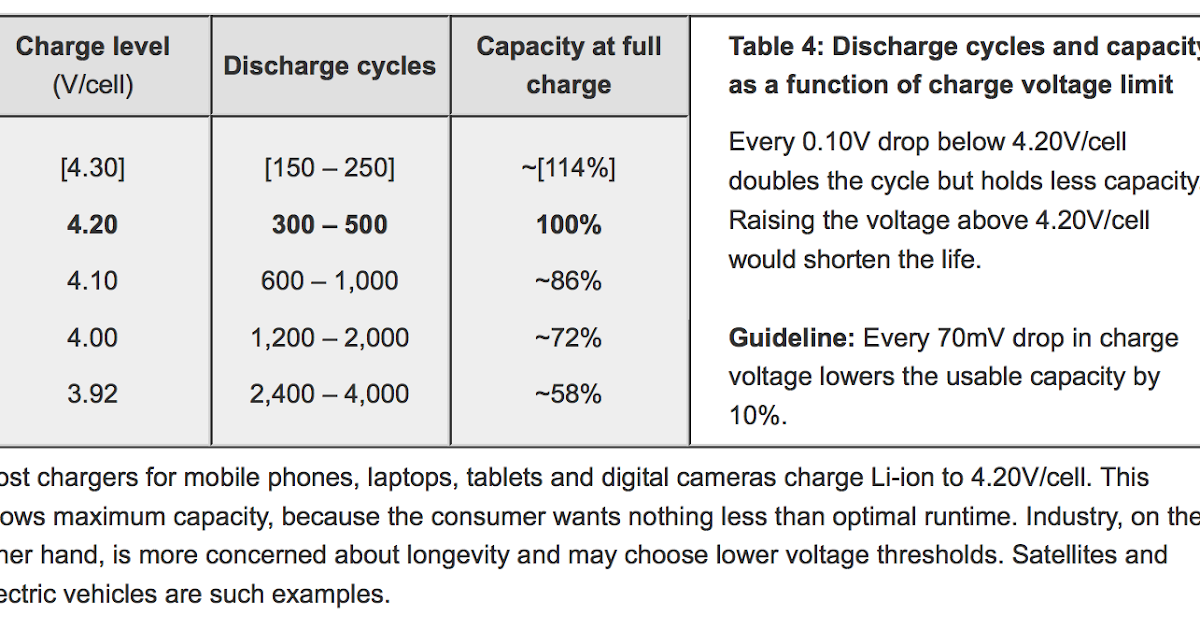 nine0003
nine0003
(as amended by Federal Law No. 237-FZ of July 14, 2022)
(see the text in the previous edition)
are the performance of works and (or) the provision of services, an agreement of an author's order or an author of works receiving payments and other remuneration under an agreement on the alienation of the exclusive right to works of science, literature, art, a publishing license agreement, a license agreement on granting the right to use a work of science, literature, art) at the time of the insured event is employed by several insurers, and in the previous two calendar years it was employed by other insurers (another insured), temporary disability benefits, pregnancy and childbirth benefits, monthly allowance for child care are assigned and paid to him insurer under one of Art. insured person, with whom the insured person is employed at the time of the occurrence of the insured event, at the choice of the insured person. nine0003
(as amended by Federal Law No.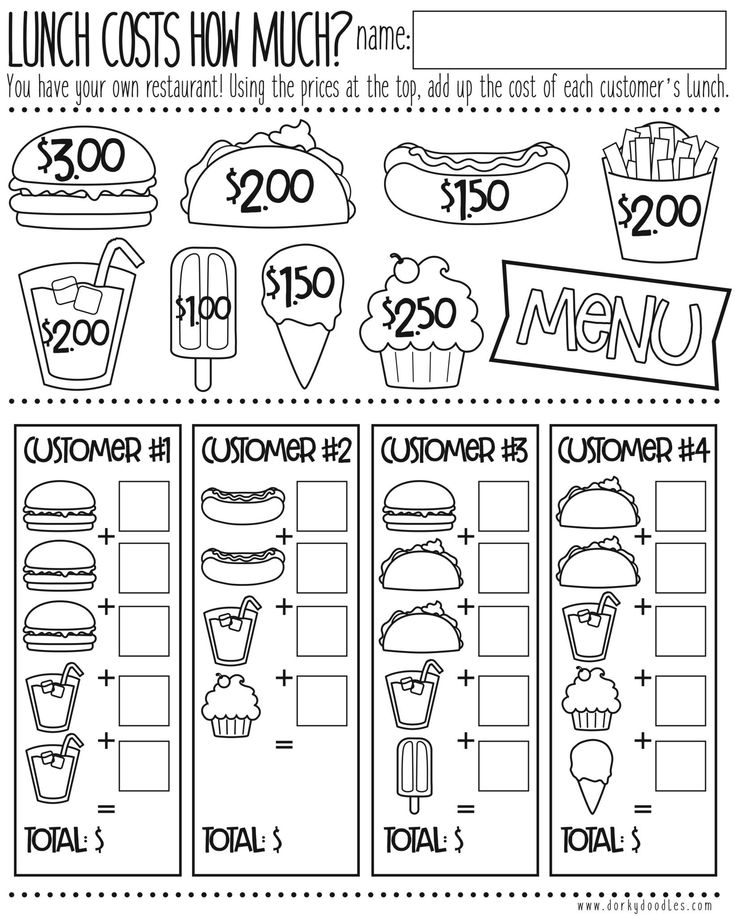 237-FZ of July 14, 2022)
237-FZ of July 14, 2022)
(see the text in the previous edition)
are the performance of works and (or) the provision of services, an agreement of an author's order or an author of works receiving payments and other remuneration under an agreement on the alienation of the exclusive right to works of science, literature, art, a publishing license agreement, a license agreement on granting the right to use a work of science, literature, art) at the time of the occurrence of the insured event was employed by several insurers, and in the two previous calendar years it was employed by both these and other insurers (another insured), benefits for temporary disability, for pregnancy and childbirth are assigned and paid to him by the insurer or in accordance with part 2 of this th article for each of the policyholders with whom the insured person is employed at the time of the insured event, based on the average earnings for the time of work (service, other activities) with the policyholder for which the benefit is assigned and paid, or in accordance with part 3 of this article for to one of the policyholders with whom the insured person is employed at the time of the occurrence of the insured event, at the choice of the insured person.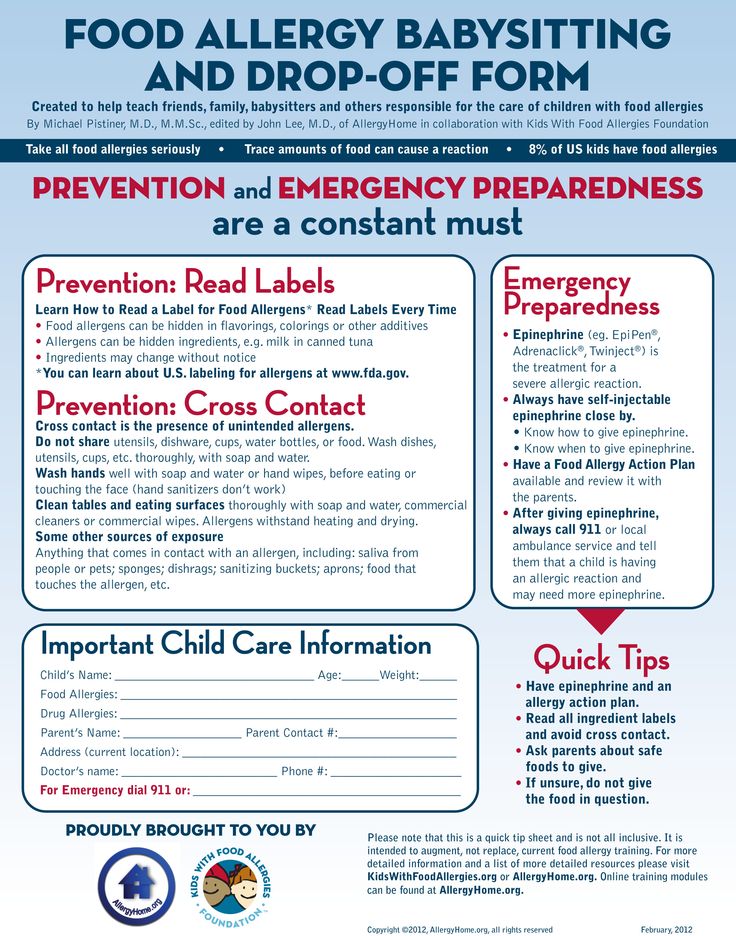 nine0003
nine0003
(as amended by Federal Law No. 237-FZ of July 14, 2022)
(see the text in the previous edition)
4.1. If the insured person working under a civil law contract, the subject of which is the performance of works and (or) the provision of services, or under an author's order agreement, or who is the author of works, receiving payments and other remuneration under an agreement on the alienation of the exclusive right to works science, literature, art, publishing license agreement, license agreement on granting the right to use a work of science, literature, art, at the time of the insured event, employed under the specified agreements with several insurers, benefits for temporary disability, for pregnancy and childbirth, monthly allowance for care for the child are assigned and paid to him by the insurer for one of the insurers, with whom the insured person is employed under the specified contracts at the time of the insured event, at the choice of the insured person.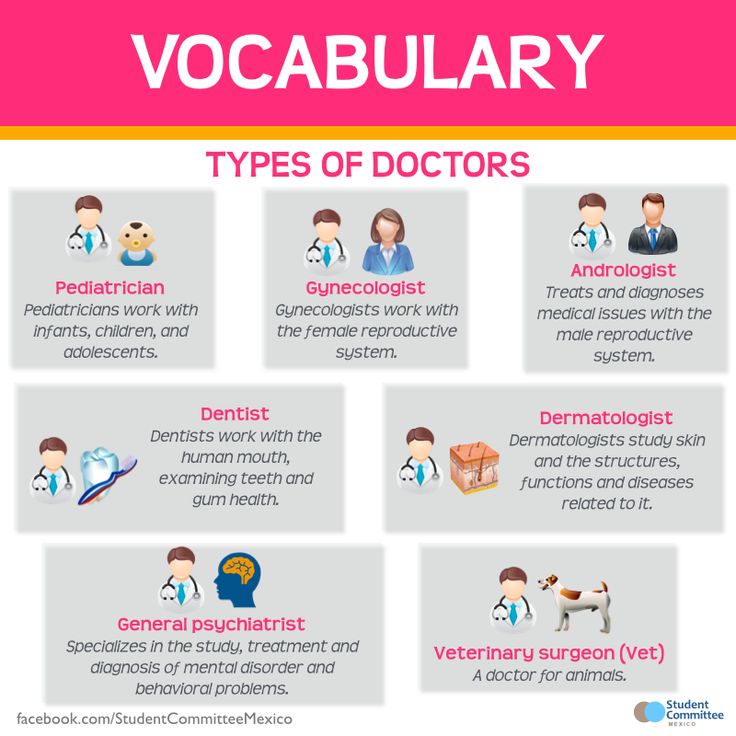 nine0003
nine0003
(Part 4.1 was introduced by Federal Law No. 237-FZ of July 14, 2022)
4.2. If an insured person working under a civil law contract, the subject of which is the performance of works and (or) the provision of services, or under an author's order contract, or who is the author of works, receiving payments and other remuneration under an agreement on the alienation of the exclusive right to works of science, literature , art, publishing license agreement, license agreement on granting the right to use a work of science, literature, art, at the time of the occurrence of an insured event is employed by another insurant (other insurers) under an employment contract or other activities during which it is subject to compulsory social insurance in case temporary disability and in connection with motherhood, benefits for temporary disability, pregnancy and childbirth are assigned and paid to him by the insurer for the insured, for whom the insured person is employed under an employment contract or other activity during which it is subject to compulsory social insurance in case of temporary disability and in connection with motherhood, or for each such insurant in accordance with parts 2 and 4 of this article and for one of the insurers in accordance with part 4.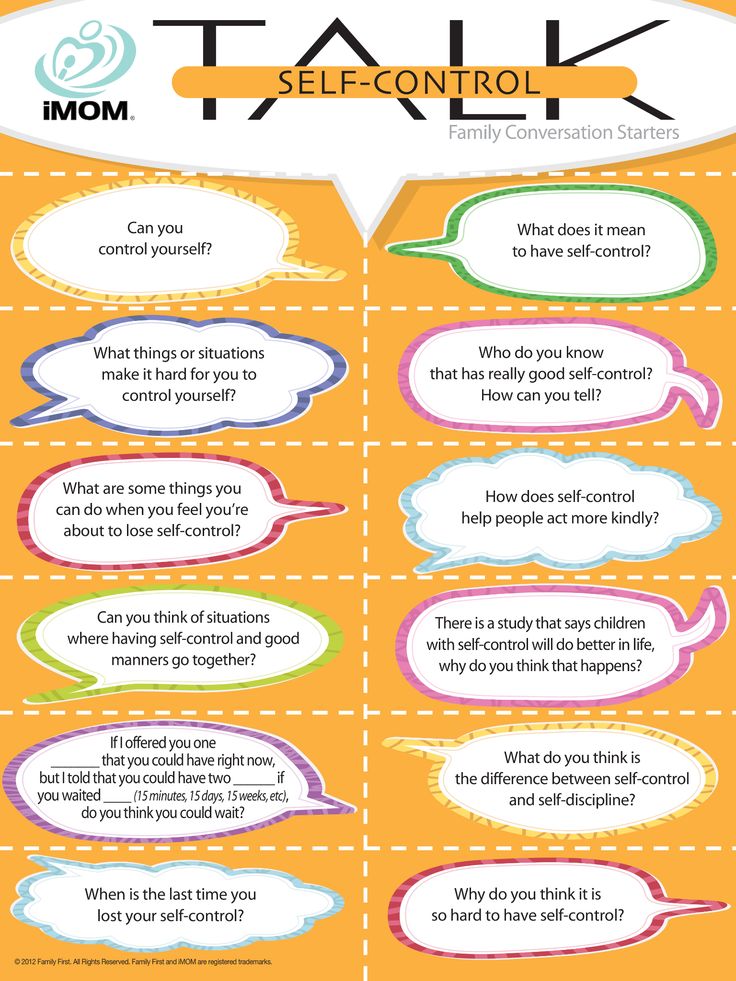 1 of this article, and the monthly allowance for child care is assigned and is paid to him by the insurer for one of the insurers, who employed the insured person at the time of the insured event, at the choice of the insured person. nine0003
1 of this article, and the monthly allowance for child care is assigned and is paid to him by the insurer for one of the insurers, who employed the insured person at the time of the insured event, at the choice of the insured person. nine0003
(Part 4.2 was introduced by Federal Law No. 237-FZ of July 14, 2022)
, during which it was subject to compulsory social insurance in case of temporary disability and in connection with motherhood, the temporary disability benefit is assigned and paid by the insurer for the insured for whom such work or activity was carried out. nine0003
6. The basis for the appointment and payment of benefits for temporary disability, pregnancy and childbirth is a certificate of incapacity for work, formed by a medical organization and placed in the information system of the insurer in the form of an electronic document, signed using an enhanced qualified electronic signature by a medical worker and a medical organization, if otherwise not established by this Federal Law. The conditions and procedure for the formation of sick leave certificates in the form of an electronic document are established by the federal executive body responsible for the development and implementation of state policy and legal regulation in the field of healthcare, in agreement with the federal executive body responsible for developing state policy and regulatory legal regulation in the field of social insurance, and the Pension and Social Insurance Fund of the Russian Federation. The procedure for information interaction between the insurer, policyholders, medical organizations and federal state institutions of medical and social expertise for the exchange of information in order to form a sick leave certificate in the form of an electronic document is approved by the Government of the Russian Federation. nine0003
The conditions and procedure for the formation of sick leave certificates in the form of an electronic document are established by the federal executive body responsible for the development and implementation of state policy and legal regulation in the field of healthcare, in agreement with the federal executive body responsible for developing state policy and regulatory legal regulation in the field of social insurance, and the Pension and Social Insurance Fund of the Russian Federation. The procedure for information interaction between the insurer, policyholders, medical organizations and federal state institutions of medical and social expertise for the exchange of information in order to form a sick leave certificate in the form of an electronic document is approved by the Government of the Russian Federation. nine0003
(as amended by the Federal Law of July 14, 2022 N 237-FZ)
(see the text in the previous edition)
The form of the statement is approved by the insurer.
8. Insurers, no later than three working days from the date of receipt of data on a closed certificate of incapacity for work, formed in the form of an electronic document, transfer to the information system of the insurer, as part of the information for the formation of an electronic certificate of incapacity for work, the information necessary for the appointment and payment of benefits for temporary disability, for pregnancy and childbirth, signed using an enhanced qualified electronic signature, unless otherwise provided by this article. nine0003
(as amended by the Federal Law of February 25, 2022 N 18-FZ)
(see the text in the previous edition)
register of civil status records, and information requested by the insurer in accordance with Part 1 of Article 4.2 of this Federal Law.
10. The basis for assigning and paying a monthly child care allowance to the insured persons specified in Part 1 of Article 2 of this Federal Law is the application of the insured person for the appointment of a monthly child care allowance, which is submitted to the policyholder simultaneously with the insured person's application for granting parental leave until the child reaches the age of three years. The application form for the appointment of a monthly allowance for child care is approved by the insurer in agreement with the federal executive body responsible for developing state policy and legal regulation in the field of social insurance. The insured person, who at the time of the occurrence of the insured event is employed by several insurers, when submitting an application to one of the insurers for the appointment of a monthly child care allowance, confirms the choice of the insurant, according to which the insurer will assign and pay a monthly child care allowance. nine0003
The application form for the appointment of a monthly allowance for child care is approved by the insurer in agreement with the federal executive body responsible for developing state policy and legal regulation in the field of social insurance. The insured person, who at the time of the occurrence of the insured event is employed by several insurers, when submitting an application to one of the insurers for the appointment of a monthly child care allowance, confirms the choice of the insurant, according to which the insurer will assign and pay a monthly child care allowance. nine0003
11. Insured persons submit the information necessary for the appointment of a monthly child care allowance to the territorial body of the insurer at the place of their registration no later than three working days from the date of submission by the insured person of an application for the appointment of a monthly allowance for child care, unless otherwise not established by this article.
(as amended by Federal Law No. 18-FZ of February 25, 2022)
18-FZ of February 25, 2022)
(see the text in the previous edition)
11.1. Insurers applying the special tax regime "Automated Simplified Taxation System", no later than one working day from the date of submission by the insured person of an application for the appointment of a monthly child care allowance, send to the insurer in electronic form, including through the personal account of the taxpayer, information about application submitted by the insured person. nine0003
(Part 11.1 was introduced by Federal Law No. 18-FZ of February 25, 2022)
when he became aware of the occurrence of such circumstances, sends a notice to the territorial body of the insurer at the place of his registration on the termination of the right of the insured person to receive a monthly child care allowance. nine0003
13. Upon employment or during the period of employment, service, other activities, the insured person shall provide the insured person at the place of work (service, other activity) with information about himself necessary for the insurant and the insurer to pay insurance coverage (hereinafter referred to as information about the insured person), the list of which is contained in the form approved by the insurer. Information about the insured person is drawn up on paper or in the form of an electronic document. nine0003
Information about the insured person is drawn up on paper or in the form of an electronic document. nine0003
14. The insured person is obliged to notify the policyholder in a timely manner of changes in the information specified in paragraph 13 of this article.
15. Information about the insured person received by the policyholder shall be transferred by him to the territorial body of the insurer at the place of his registration no later than three working days from the date of their receipt.
16. Assignment and payment of insurance coverage are carried out by the insurer on the basis of information and documents submitted by the insured, information available to the insurer, as well as information and documents requested by the insurer from state bodies, local governments or subordinate to state bodies or local governments organizations. nine0003
using a unified system of interdepartmental electronic interaction are established by the Government of the Russian Federation.
18. The procedure and conditions for the submission by the insured in electronic form of information and documents necessary for the appointment and payment of insurance coverage to insured persons are established by the insurer in agreement with the federal executive body responsible for developing state policy and legal regulation in the field of social insurance. The formats for the submission by the insured in electronic form of the specified information and documents are established by the insurer. nine0003
19. In the event that the insurant ceases to operate or if it is impossible to establish its actual location on the day the insured person applies for benefits for temporary disability, pregnancy and childbirth, a one-time allowance for the birth of a child, a monthly allowance for child care, appointment and payment the specified types of insurance coverage (with the exception of temporary disability benefits paid at the expense of the insured in accordance with Clause 1 of Part 2 of Article 3 of this Federal Law) are carried out by the insurer on the basis of information and documents submitted by the insured person, information available to the insurer, and also information and documents requested by the insurer from state bodies, local governments or organizations subordinate to state bodies or local governments. nine0003
20. If the information and documents necessary for the appointment and payment of insurance coverage are not provided to the insurer in full, the insurer, within five working days from the date of their receipt, sends the policyholder or, in the case specified in paragraph 19 of this article, the insured person a notice on submission of missing information or documents in the form approved by the insurer. The policyholder or the insured person, upon receipt of the said notice, shall submit to the insurer the missing information and documents within five working days from the date of receipt of the notice. nine0003
with motherhood in relation to the deceased on the day of his death or in relation to one of the parents (other legal representative) or other family member of the deceased minor on the day of death of this minor, and in the cases provided for by part 23 of this article, by the insurer. nine0003
22. If the insured person was employed by several policyholders at the time of the occurrence of the insured event, the social benefit for burial is assigned and paid by one of the policyholders at the choice of the person who applied for such benefit.
23. If it is not possible for the insured to pay social benefits for burial due to the termination of his activities or insufficient funds in his accounts with credit institutions, or if it is not possible to establish the location of the insured and his property, which may be levied , if there is a court decision that has entered into legal force establishing the fact that such an insurer did not pay benefits to a person entitled to receive it, or if, on the day of the application of a person entitled to receive social benefits for burial, the procedures applied to the insured are carried out in a bankruptcy case, the assignment and payment of social benefits for burial are carried out by the insurer. nine0003
Funeral matters are carried out by the territorial body of the insurer at the place of registration of the insured in the manner determined by the insurer in agreement with the federal executive body responsible for developing state policy and legal regulation in the field of social insurance. nine0003
25. Payment of benefits for temporary disability, for pregnancy and childbirth, a one-time allowance for the birth of a child, a monthly allowance for child care is carried out by the insurer through the organization of the federal postal service, credit or other organization specified in the information about the insured person.
26. Payment for banking services for operations with funds provided for the payment of insurance coverage is not charged.
27. Information on the appointment and payment of insurance coverage is posted by the insurer in the Unified State Social Security Information System in accordance with the Federal Law of July 17, 1999 N 178-FZ "On State Social Assistance".
organization in the form of a document on paper. The specifics of the procedure for assigning and paying insurance coverage to the specified categories of insured persons are established by the federal executive body in charge of developing state policy and legal regulation in the field of social insurance, in agreement with the federal executive bodies in charge of developing and implementing state policy and legal regulation in the established field of activity, other federal state bodies and the Pension and Social Insurance Fund of the Russian Federation.









